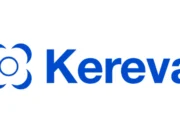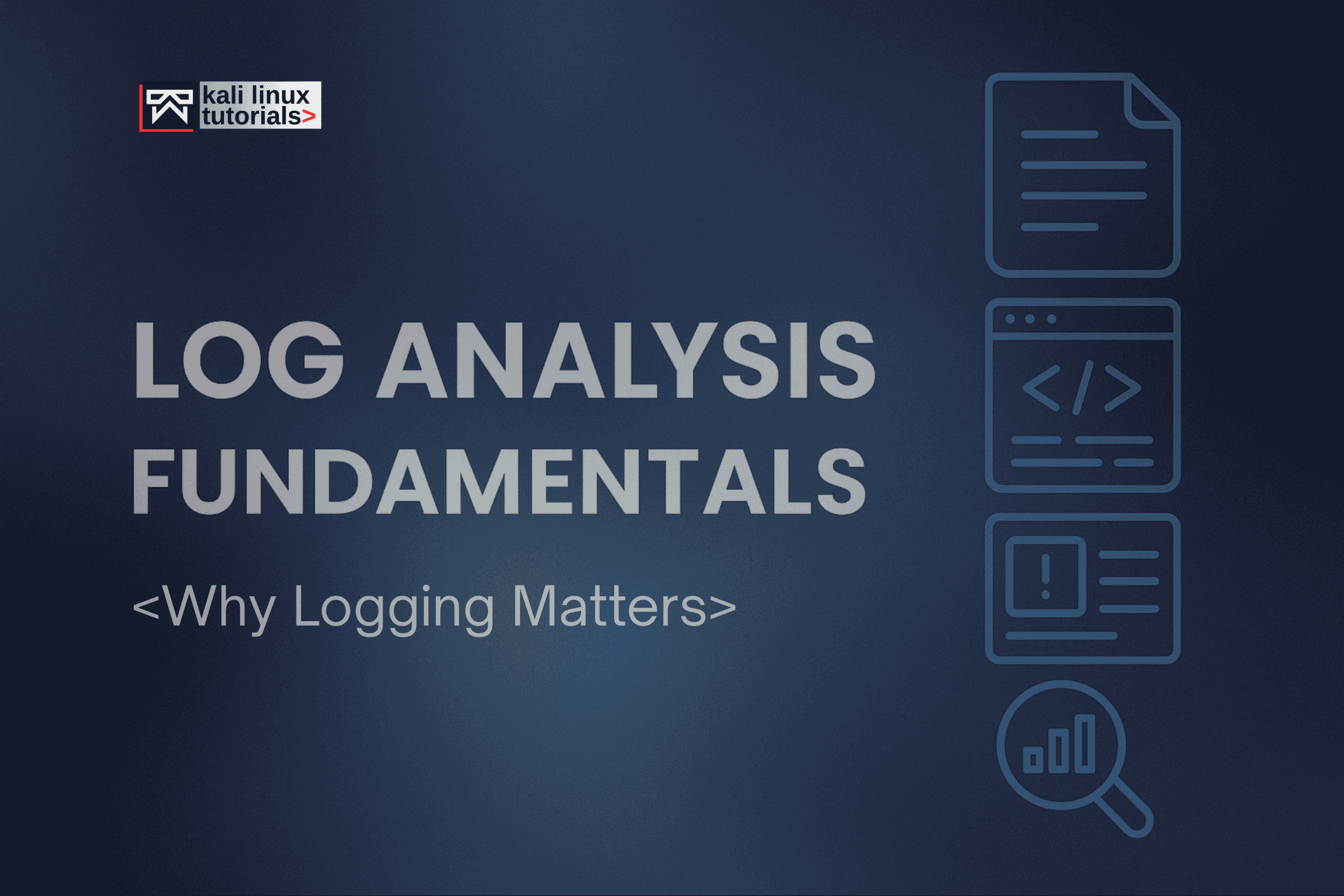Deepfake apps are sophisticated tools that utilize advanced AI algorithms, particularly Generative Adversarial Networks (GANs), to create convincing fake images, videos, and audio recordings.
These applications have transformed various industries by enabling the manipulation and synthesis of media in ways that were previously unimaginable.
The backbone of deepfake technology is the GAN, which consists of two neural networks: a generator and a discriminator.
The generator creates fake content by learning patterns from real data, while the discriminator evaluates the authenticity of this content, distinguishing between real and generated media.
This process is repeated, allowing the generator to improve and the discriminator to become more skilled at spotting flaws.
Deepfake apps can perform several key functions:
- Face Swapping: They can swap faces between two individuals in videos or images, creating realistic parodies or satirical content.
- Audio Manipulation: Deepfakes can clone voices and create synthesized speech, useful for dubbing or voiceovers.
- Video Synthesis: They can alter facial expressions and movements in videos, making it seem as though a person is saying or doing something they didn’t.
Deepfake technology has numerous applications across various industries:
- Entertainment and Media: Used for de-aging actors, creating special effects, and producing parodies.
- Marketing and Advertising: Enables personalized ad campaigns featuring celebrity endorsements without requiring their physical presence.
- Education: Creates interactive learning experiences by animating historical figures or simulating scenarios.
Popular deepfake tools include:
- DeepFaceLab: Known for advanced face swapping and video editing capabilities.
- FaceSwap: Specializes in realistic facial manipulation.
- Deep Art Effects: Offers artistic style transfer and image editing.
While deepfakes offer creative possibilities, they also pose ethical challenges. It’s crucial to ensure transparency and obtain consent when using someone’s likeness.
As technology advances, the line between real and fake content becomes increasingly blurred, emphasizing the need for responsible use.











%20Works.png)



.webp)

